[Basic DIY Modifying a Lasko Blower for Cooling (part 1) = POST 19]
[Basic DIY Modifying a Lasko Blower for Cooling (part 2) = POST 20]
[A Friendly Tip On ODOR CONTROL = POST 27]
[SKIP TO SOME GREEN POST #28]
[plants got sick on POST 41]
[nursed back to health POST 89]
[WORLD CLASS CLONER NEW AT WALMART! 100% success rate EASY - CHEAP]
[PROOF IT WORKS]
[START OF BUDDAGE]
[HARVEST]
Hey everyone, I posted some of this info a wile back but I've decided to make and official "grow diary". Here's my 1st attempt at building a semi-stealth box and growing delicious fruit.
Let me start with my set-up
-I based my box on Red_Greenery's Rubbermaid Lodge
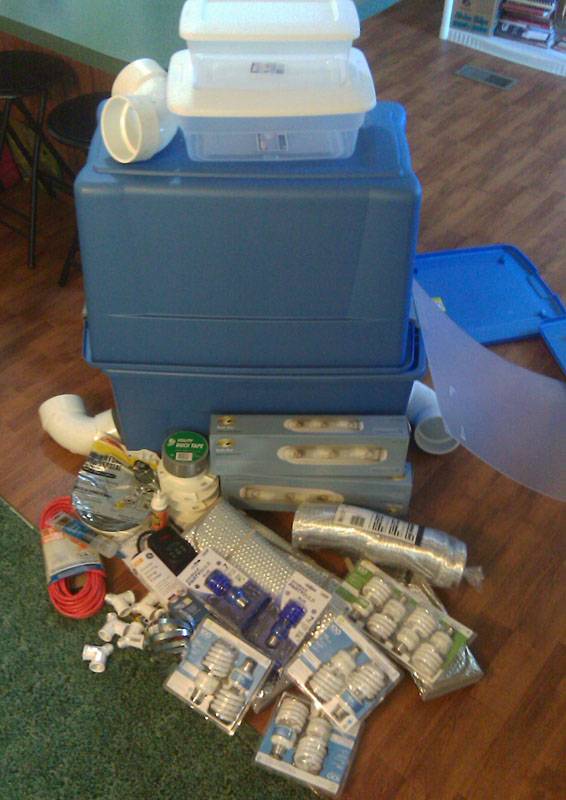

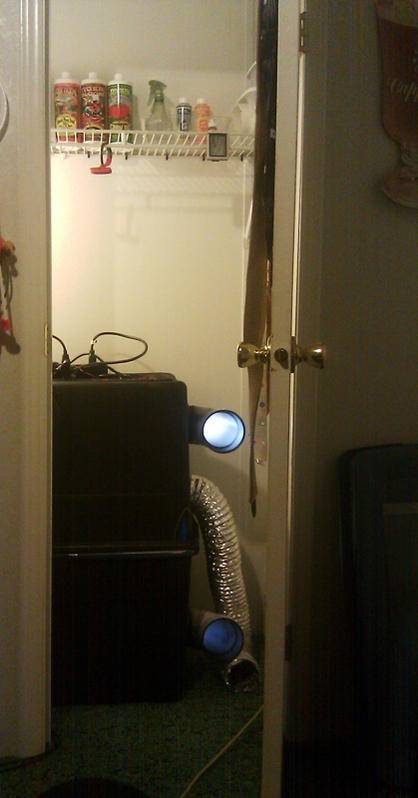

After finishing the box I started having instant heat problems because i based my exhaust system on red's 18 gal design while my box is 35gal.
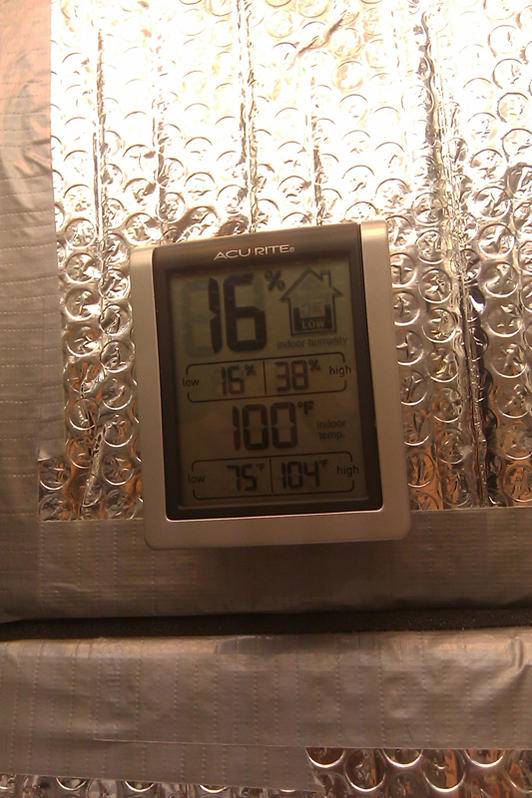
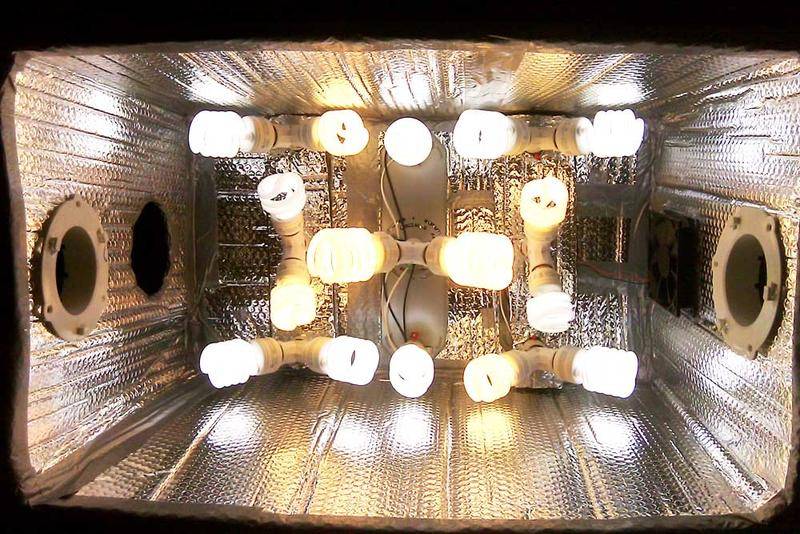
I was using 122mm computer fan to cool 450 wats!
but now i just use the comp fans for inside the box.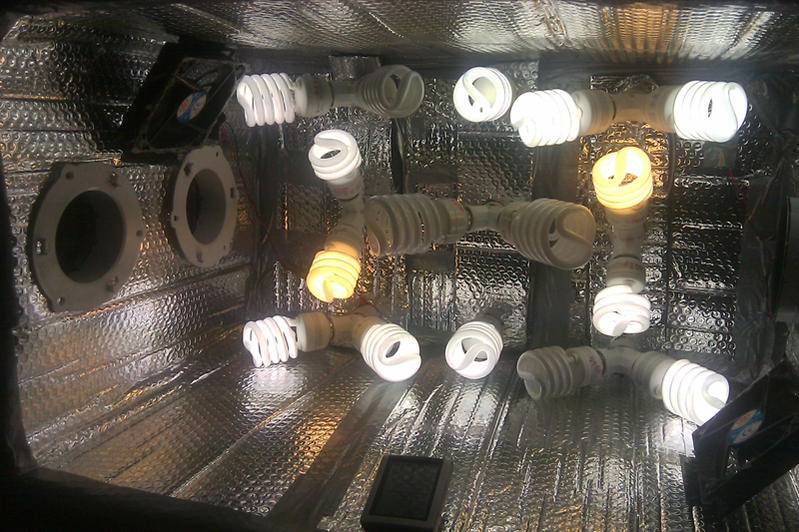
I did some research and found a DIY blower fan to mod the box (i highly recommend it) and now my temps around 80F. I'll make a post on it later. (post #19 & #20 for the tut)
I put the unit under the house and made a 5'' hole through the closet floor for venting out the hot air and it works like magic.
-The first batch of seeds (lowrider), (after 1.5 months), never showed so i ordered from a more reliable place
(edit- the seeds finally showed up 4 months later LOL! WTH)
[Basic DIY Modifying a Lasko Blower for Cooling (part 2) = POST 20]
[A Friendly Tip On ODOR CONTROL = POST 27]
[SKIP TO SOME GREEN POST #28]
[plants got sick on POST 41]
[nursed back to health POST 89]
[WORLD CLASS CLONER NEW AT WALMART! 100% success rate EASY - CHEAP]
[PROOF IT WORKS]
[START OF BUDDAGE]
[HARVEST]
Hey everyone, I posted some of this info a wile back but I've decided to make and official "grow diary". Here's my 1st attempt at building a semi-stealth box and growing delicious fruit.
Let me start with my set-up
-I based my box on Red_Greenery's Rubbermaid Lodge
After finishing the box I started having instant heat problems because i based my exhaust system on red's 18 gal design while my box is 35gal.
I was using 122mm computer fan to cool 450 wats!
but now i just use the comp fans for inside the box.
I did some research and found a DIY blower fan to mod the box (i highly recommend it) and now my temps around 80F. I'll make a post on it later. (post #19 & #20 for the tut)
I put the unit under the house and made a 5'' hole through the closet floor for venting out the hot air and it works like magic.
-The first batch of seeds (lowrider), (after 1.5 months), never showed so i ordered from a more reliable place
(edit- the seeds finally showed up 4 months later LOL! WTH)




